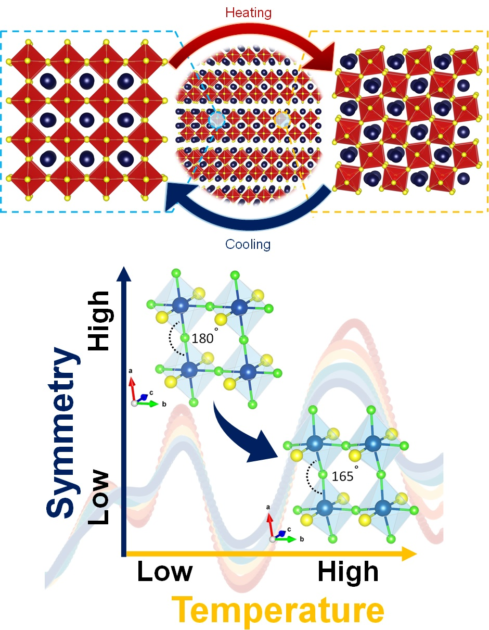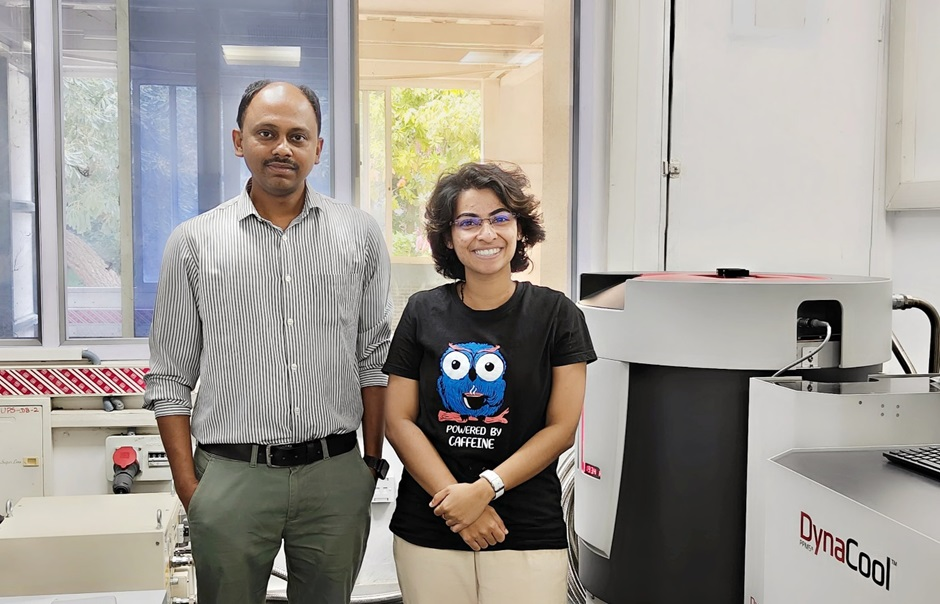Hidden crystal structures unlocked: New avenues for thermoelectrics and solar thermal conversion

A research team at Jawaharlal Nehru Centre for Advanced Scientific Research (JNCASR), Bangalore, led by Prof. Kanishka Biswas, has made a groundbreaking discovery where the local crystal structure symmetry decreases with rising temperatures, defying the typical trend of increasing symmetry with heat. This rare phenomenon was observed in the all-inorganic two-dimensional halide perovskite, Cs2PbI2Cl2.
The research highlights the significance of local symmetry breaking, termed “emphanisis,” where local atomic distortions increase upon heating, while the global crystal structure remains intact. This was discovered using synchrotron X-ray diffraction techniques in collaboration with DESY, Germany. The findings challenge conventional thermodynamic principles and open new possibilities for designing crystalline materials with low lattice thermal conductivity, which are crucial for applications in phononics, thermoelectrics, and solar thermal conversion.

The study, now published in Advanced Materials, emphasizes the role of chemical design in enabling such unconventional structural transformations, potentially paving the way for advancements in heat management systems.
Image 1. Schematic representations showing the evolution of local structure of a system exhibiting emphanisis; Image 2: Prof. Kanishka Biswas (left) and Ivy Maria (right) at Solid State Chemistry Lab, JNCASR, Bangalore; Credit: Ministry of Science and Technology
